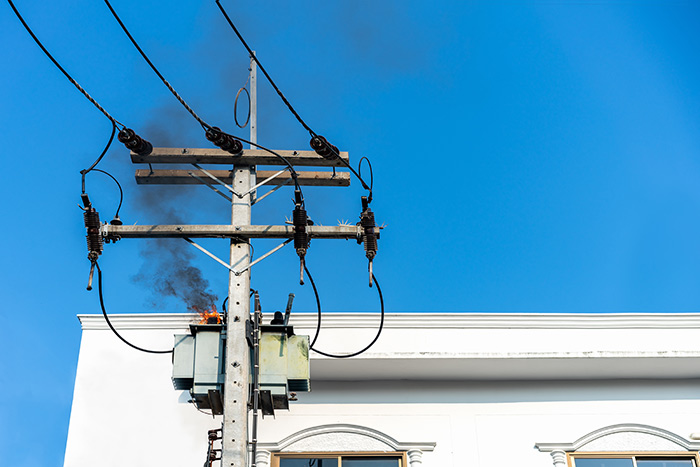
It is essential that every distribution circuit within a wiring system is protected against overload. A circuit overload occurs when the amount of current flowing through the circuit exceeded the rating of the protective devices. The reason is that all electrical circuits are designed to handle a limited amount of electricity. There is overload when you draw more electricity than a circuit will safely handle. Circuits are made up of a breaker, fuse for old wiring systems, and devices like light fixtures, appliances etc. The electricity usage of each device when running will add up to the total load on the circuit. In case there is no breaker in the circuit, the circuit wiring will overheat which will melt the wire insulation leading to a fire.
First and foremost in preventing electrical circuit overload is to learn the maximum amperage that will be demanded from the circuit. Once you have mapped the basic circuit layout, calculate the safe load rating of each circuit to get the exact value of how many things you will operate on that circuit. Mapping the circuits also will tell if there is a need for new circuits to meet the normal needs. Another protection for electrical units is protecting the actual electrical wires supplying the circuits against an overload that will exceed their carrying capacity. Furthermore, protecting from an overload the individual appliances and electrical equipment connected to a supply circuit. Remember that different circuits have different load ratings such that some circuits will provide more electricity than others.
In order to prevent electrical overloads, circuit breakers and fuses are designed to trip or blow, stopping the flow of current to the overloaded cable. Likewise, overload protection is protection against overheating. It operates at a slow pace. A thermal-magnetic circuit breaker is an example of protection in one device. And while circuit breakers are reliable and doing an excellent job preventing open fire due to overloads, the safest strategy is to manage your electricity consumption to prevent overloads in the first place.
For more electrical safety tips, contact ElecComm.




